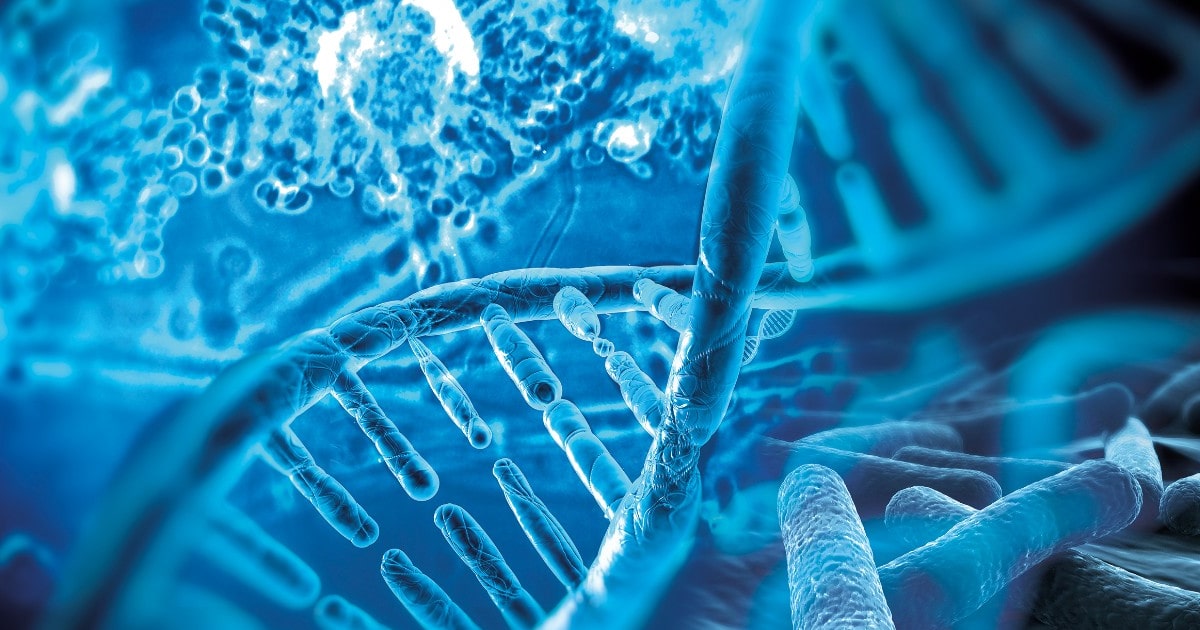
Expert Reviewed By: Dr. Brandon Colby MD
Long QT Syndrome (LQTS) is a rare genetic disorder that affects the heart's electrical system, causing potentially life-threatening irregular heartbeats (arrhythmias). In this article, we will focus on a specific subtype of the condition, Long QT Syndrome 2/5, which is digenic in nature. Digenic diseases are caused by mutations in two different genes, which together result in the manifestation of the condition. We will explore the process of understanding, diagnosing, and using genetic testing for this complex disorder, with insights from recent research.
Understanding Long QT Syndrome 2/5
Long QT Syndrome is characterized by a prolonged QT interval on an electrocardiogram (ECG), which represents the time it takes for the heart to contract and recover. This increased interval increases the risk of sudden cardiac events, such as fainting (syncope), seizures, or even sudden death. LQTS can be classified into several subtypes based on the specific genes involved. Long QT Syndrome 2/5 is a digenic form of the condition, meaning it is caused by mutations in two distinct genes. This can result in a more complex clinical presentation and increased variability in symptoms and outcomes.
Recent research has shed light on the role of common genetic variations in the clinical variability seen in LQTS (1). Additionally, studies have investigated the functional alterations of RyR2 mutations in LQTS patients and their contribution to dysregulated calcium release and pathological electrical remodeling (2).
Diagnosing Long QT Syndrome 2/5
Diagnosing Long QT Syndrome 2/5 can be challenging due to its digenic nature and clinical variability. The diagnostic process typically begins with a thorough clinical evaluation, including a detailed patient and family history, physical examination, and an ECG. In some cases, additional tests such as exercise stress testing, Holter monitoring, or an electrophysiology study may be necessary to confirm the diagnosis.
Genetic testing plays a crucial role in the diagnosis of LQTS, as it can help to identify the specific subtype and guide appropriate management strategies. A recent study reevaluated the evidence for 17 genes reported to cause LQTS, finding that only 3 have definitive evidence for causing typical LQTS (3). However, the digenic nature of Long QT Syndrome 2/5 requires a more comprehensive genetic analysis to identify the mutations in both genes responsible for the condition.
Uses of Genetic Testing in Long QT Syndrome 2/5
Genetic testing for Long QT Syndrome 2/5 can provide valuable information for patients and their families. Some key uses of genetic testing in this context include:
- Confirming the diagnosis: Identifying the specific gene mutations involved in Long QT Syndrome 2/5 can help confirm the diagnosis and provide a better understanding of the patient's risk profile.
- Guiding treatment: Knowing the specific genetic cause of LQTS can help healthcare providers tailor treatment strategies to the patient's unique needs, potentially improving outcomes.
- Family screening: Genetic testing can be used to identify at-risk family members who may also carry the gene mutations responsible for Long QT Syndrome 2/5, allowing for early intervention and management.
- Genetic counseling: Patients and their families can benefit from genetic counseling to better understand the implications of a Long QT Syndrome 2/5 diagnosis and discuss reproductive options.
Managing Long QT Syndrome 2/5
Effective management of Long QT Syndrome 2/5 requires a multidisciplinary approach, incorporating medical therapy, lifestyle modifications, and in some cases, surgical interventions. A recent review summarizes the current evidence on LQTS diagnosis, clinical management, and therapeutic strategies, discussing new scientific developments and areas of research (4).
Key components of Long QT Syndrome 2/5 management may include:
- Medications such as beta-blockers to help regulate the heart's electrical activity
- Implantable cardioverter-defibrillator (ICD) placement for high-risk patients
- Lifestyle modifications, including avoiding triggers and participating in safe physical activities
- Regular follow-up with a cardiologist and a genetic counselor
In conclusion, understanding, diagnosing, and managing Long QT Syndrome 2/5 requires a comprehensive approach, incorporating clinical evaluation, genetic testing, and tailored treatment strategies. As our knowledge of the genetic underpinnings of this complex condition continues to grow, we can hope for improved diagnostic tools and more targeted therapies to help patients and their families navigate the challenges of living with Long QT Syndrome 2/5.
About The Expert Reviewer
Dr. Brandon Colby MD is a US physician specializing in the personalized prevention of disease through the use of genomic technologies. He’s an expert in genetic testing, genetic analysis, and precision medicine. Dr. Colby is also the Founder of and the author of Outsmart Your Genes.
Dr. Colby holds an MD from the Mount Sinai School of Medicine, an MBA from Stanford University’s Graduate School of Business, and a degree in Genetics with Honors from the University of Michigan. He is an Affiliate Specialist of the American College of Medical Genetics and Genomics (ACMG), an Associate of the American College of Preventive Medicine (ACPM), and a member of the National Society of Genetic Counselors (NSGC)